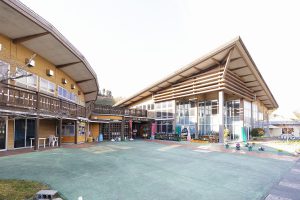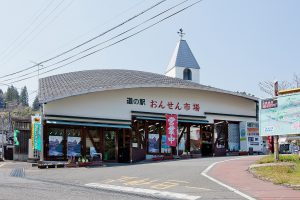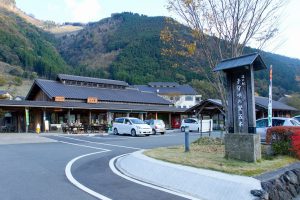Roadside Station Fairy Tale Village Kusu
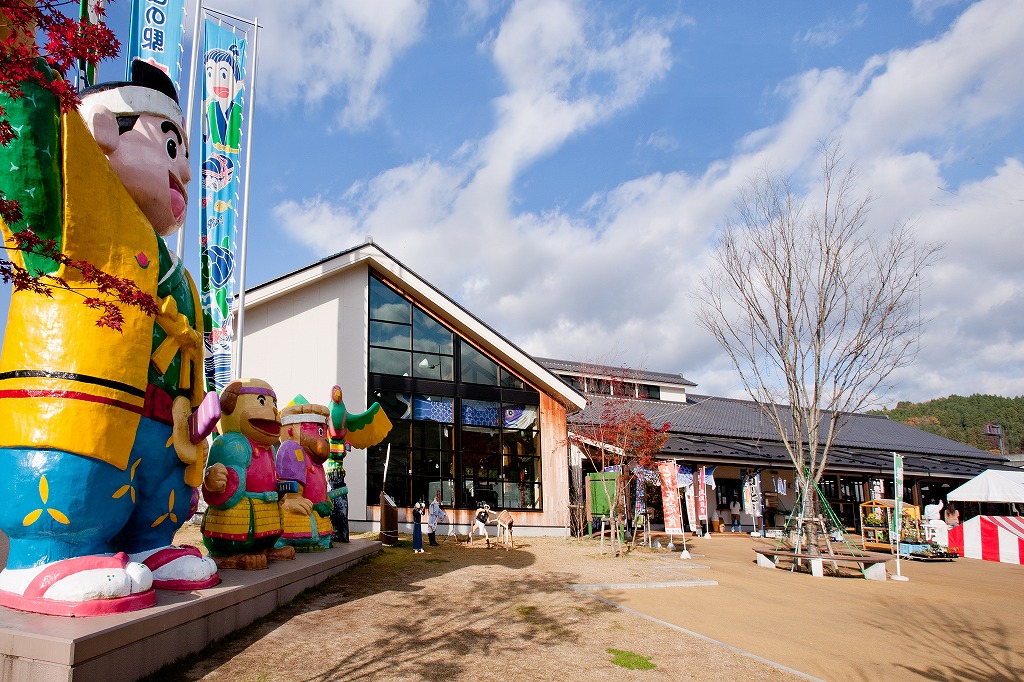
Index
Are there demons in the fairy tale village?
Full restaurant menu
Kusu Town is called the "Home of Fairy Tales" after the birthplace of Takehiko Kurushima, the "Andersen of Japan. An objet d'art of Momotaro and his party stands, and a statue of a red devil stands on a mountain by the side of Oita Road, just beyond their line of sight. The "red devil bread" (170 yen) in the bread corner of the station has been a long seller since the station opened. Shiitake mushrooms grown by taking advantage of the difference in temperature and sun-dried rice are also popular. The Kusu Hitomebore rice is particularly tasty, having received a "Special A" rating in the 2006 eating quality rankings by the Japan Grain Inspection Association. The restaurant uses this rice. Bungo beef kirubi donburi, chicken nanban, and other dishes are popular.
Roadside Station Fairy Tale Village Kusu Basic Information
| Location | 2121, Hozoku, Kusu-cho, Kusu-gun, Oita |
|---|---|
| Phone number | 0973-72-5535 |
| Business Hours | 9:00-18:00 (December to February: ~17:00) Restaurant 10:00-15:30 (LO 15:00) |
| Access | Short drive from Kusu IC on Oita Expressway |
| Official HP | https://kusumichi.jp/ |
Map of Roadside Station Fairy Tale Village Kusu
Roadside Station Fairy Tale Village Kusu Gourmet Information
The best place to buy it is here.
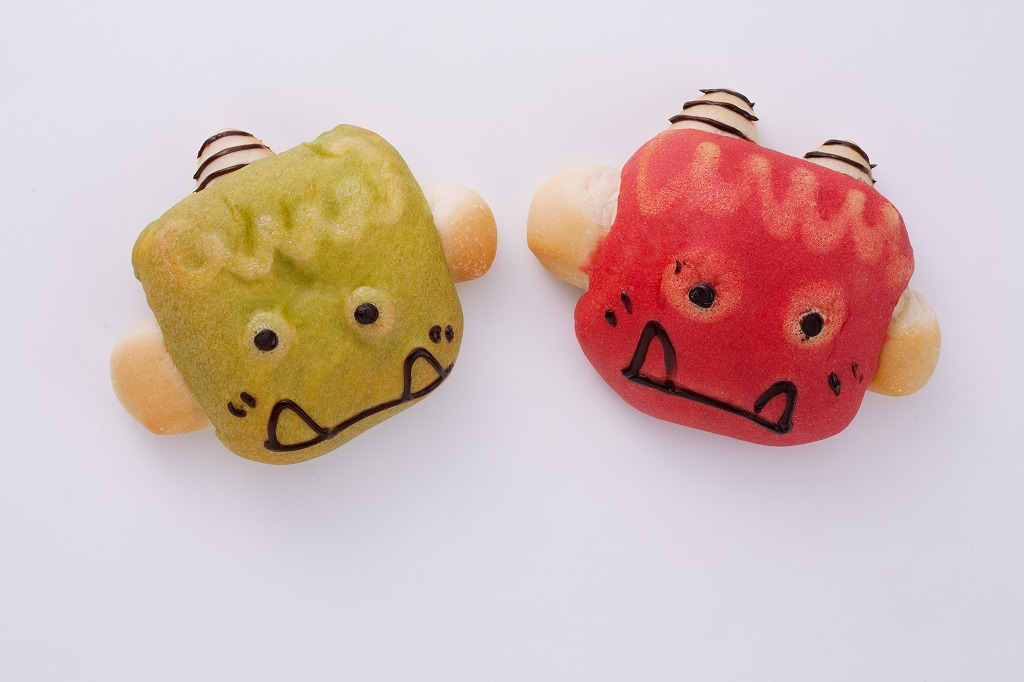
A long-selling product in the popular bread section. It is associated with the fairy tale characters "Red Oni and Blue Oni". For a while, "Ao-oni-san Pan" was discontinued, but was revived in November 2019. At the same time, "Aaoni-san Pan" also renewed its ingredients. Previously, "Ao-oni-san" was filled with apple in syrup and apple cream, while "Ao-oni-san" was filled with pumpkin bean paste. Currently, "Ao" is filled with royal forest jam and "Aka" with pulp apple cream puree jam. Both are priced at 170 yen including tax.
Around Roadside Station Fairy Tale Village Kusu
Former Chugomori Engine Depot
If you want to have fun in the area
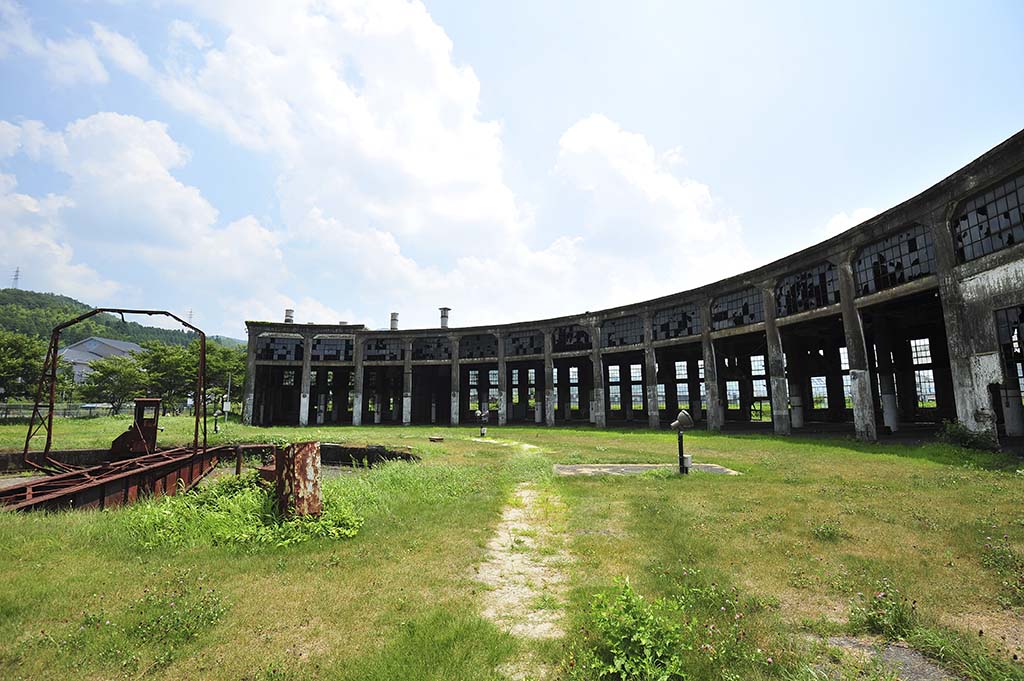
This locomotive depot is well known to all railroad fans. It is one of only three fan-shaped locomotives remaining in Japan, and the only one in Kyushu. 1929 saw the opening of Bungomori Station on the Hisaya Line, and the line was fully completed in 1934. At that time, the Bungomori Locomotive Depot was built, initially with a 10-car locomotive depot and an engineer's office and tool shed at the west end of the depot. In 1971, the Bungomori Locomotive Depot was closed down, and since then it has been exposed to the elements. The marks from the U.S. military machine gunfire during the war still remain on the exterior walls. It is one of the precious modern cultural heritages.
Suehiro Shrine, Seihouro
If you want to have fun in the area
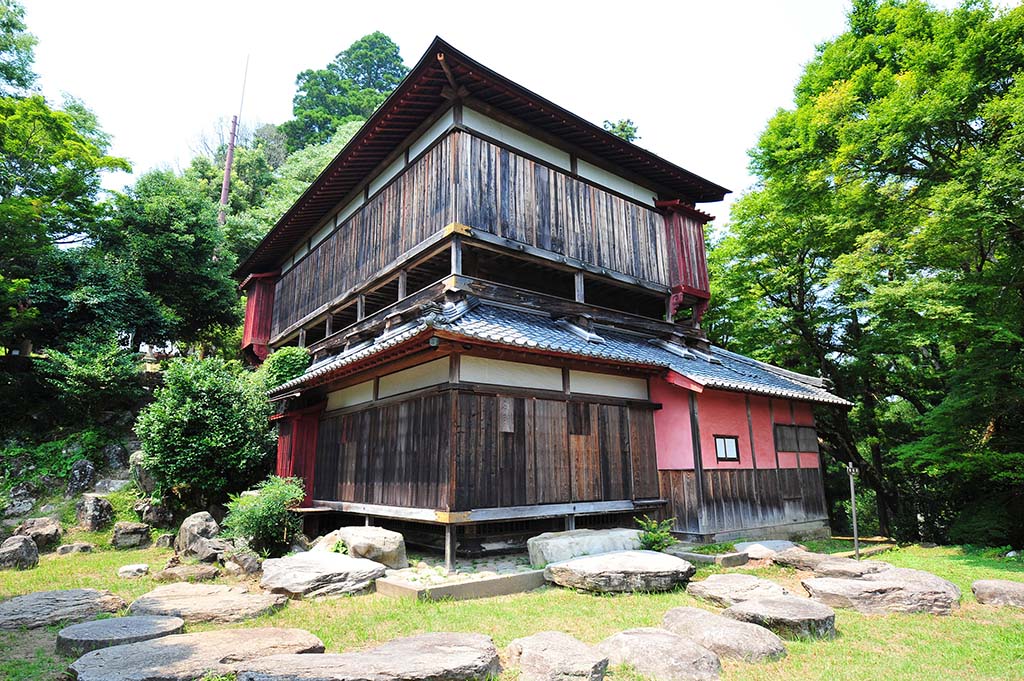
In 1601, Yasuchika Kurushima, the first lord of Mori Domain, built Suehiro Shrine by invoking Mishimamiya, the deity of his hometown in Iyo Province. The main shrine building, called the "scabbard," is a large-scale, authentic structure with elaborate details. During the reign of the 8th lord Kurushima Michiyoshi, the "Seiho Tower" was built to resemble a castle tower. It is a two-story wooden structure with a hipped roof, and was used as a place for "Onari," an appointment between the feudal lord and his vassals, including the wake for the Mishimamiya Festival. The downstairs was used for tea ceremony, flower arrangement, and other noble hobbies. It was also called "Oyama Ochaya" or "Ochaya of Autumn Leaves" for cherry blossom viewing in spring and for moon and maple leaf viewing in autumn. It is a tangible cultural property of the prefecture.

